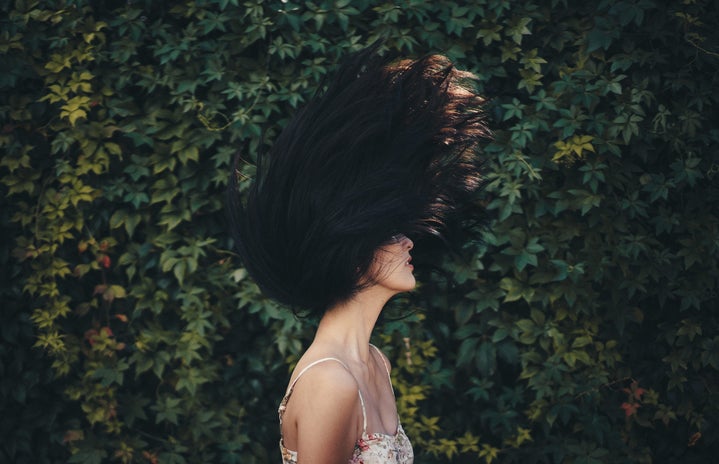Cover photo by Alex Holyoake Article photo by Reign Hair Extensions
Welcome to “Weavology 101”! In this session we’ll be discussing the purpose of weave, how to care for it, and the different types.
Weave is used as a protective style. What is a protective style? I’m glad you asked. According to “Naturally Curly”, a protective style is any style that involves having your ends tucked away. This allows your hair to grow and flourish safely. It could also be used as a way to experiment and switch up your look that isn’t permanent. You may wake up one day and decide that you want to look like Chaka Khan and then realize you want to keep it short and simple like Fantasia. It can be installed by either sewing it in, using clip-ins, or doing the fusion method.
Pros of Weave– It’s long lasting, can easily be manipulated and your natural hair is protected.
Cons of Weave– You can expect hair loss if natural hair is braided too tight!
There are, of course, different types of hair. You can choose from Yaky, Brazilian, Peruvian, Malaysian, Cambodian, and Remy, to name a few. Each of these textures have to be carefully taken care of.
Best Ways to Care for your hair:
- Be sure to wash it AT LEAST once every other week. The dirt build up will cause your weave to become oily and carry an unpleasant scent.
- Keep it moisturized. Sleep with a satin cap to seal in all of the moisture. If you don’t, you will regret it in the long run.
- It CANT stay in forever! Once it starts looking stiff, IT HAS TO GO!
- Protect the edges!
Now that you’ve learned a basic lesson about weaves, you can decide whether or not it’s the best style for you!


